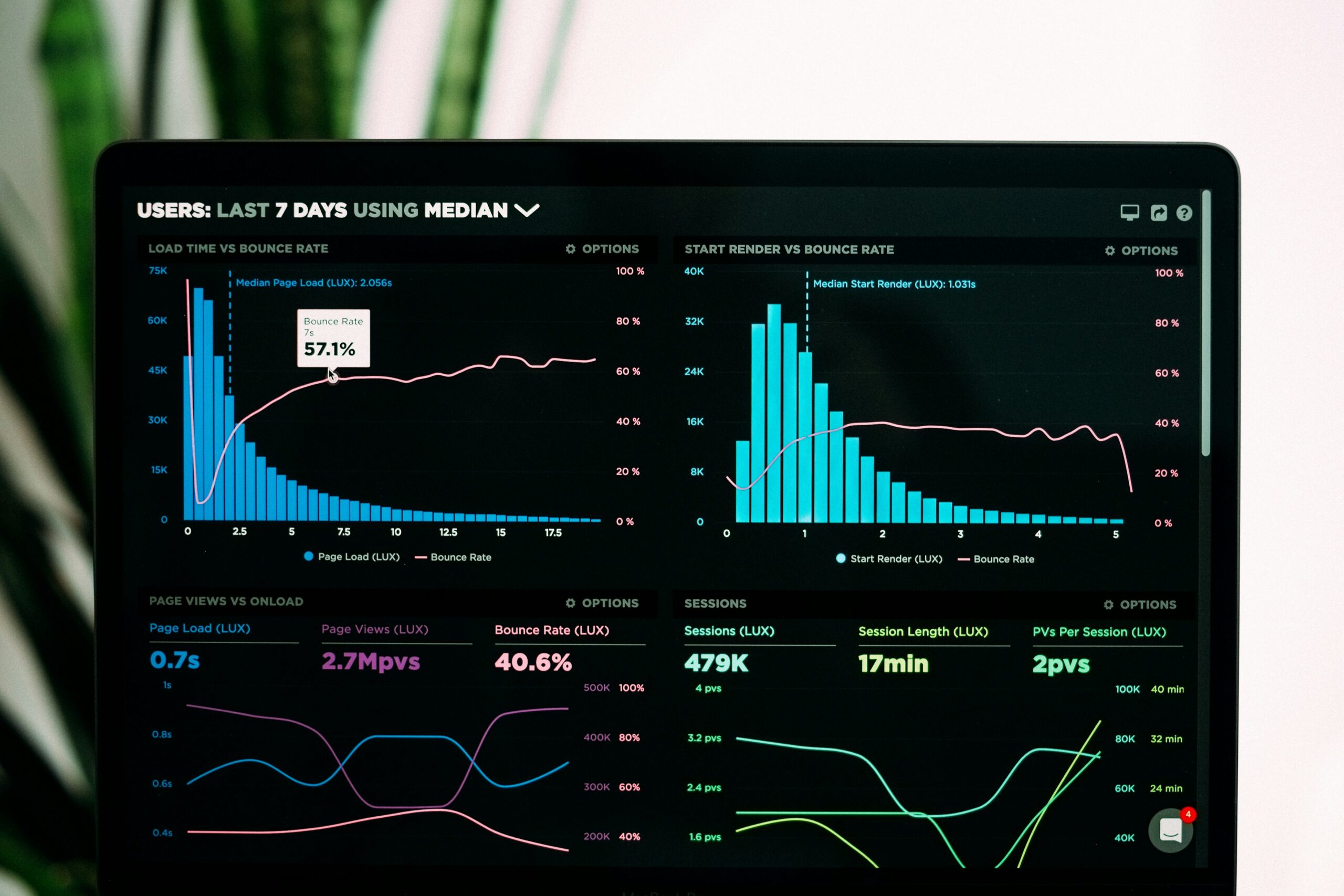Integrating AI into your smart factory can transform operations and enhance efficiency. Follow these steps to ensure a smooth transition.
1. Assess Your Needs: Identify areas where AI can provide the most benefit. Common applications include predictive maintenance, quality control, and process optimization.
2. Choose the Right Technology: Select AI tools and platforms that align with your factory’s needs. Consider factors like ease of integration, scalability, and cost.
3. Upgrade Your Infrastructure: Ensure your factory’s network and hardware can support AI applications. This might involve upgrading to more robust IoT devices and high-speed internet connections.
4. Train Your Workforce: Provide training for employees on how to use AI tools and collaborate with automated systems. This can include workshops, online courses, and hands-on practice.
5. Implement in Phases: Start with a pilot project to test the AI system in a controlled environment. Gradually scale up based on the results and feedback from workers.
6. Monitor and Optimize: Continuously monitor the performance of AI systems and gather data to identify areas for improvement. Use this information to fine-tune processes and enhance collaboration.
7. Ensure Data Security: Protect sensitive information by implementing robust cybersecurity measures. This includes encrypting data, regular software updates, and employee training on best practices.
8. Foster a Collaborative Culture: Encourage a culture of collaboration between human workers and AI systems. Highlight the benefits of AI in enhancing their roles rather than replacing them.
By following these steps, you can successfully integrate AI into your smart factory, boosting efficiency and creating a harmonious human-machine collaboration environment.




